Raindem
Posts: 696
Joined: 7/15/2000
From: Arizona
Status: offline

|
Summer 1862
Turns 31-37
The Union moved up the Peninsula with 28,000 men from the VI Corps (Sedgewick) and XI Corps (Howard), based in Fort Monroe. Confederate General Magruder’s corps, detached from the Army of Northern Virginia, only had one division (McLaw) in the area. But that was enough to hold the Union advance until reinforcements were brought down. The Union could not break that line, even with help from Admiral Porter’s Potomac and James River Flotillas.
The remaining forces of the Army of the Potomac were I Corps (Hancock), II Corps (Couch), III Corps (McDowell), V Corps (Sykes), IX Corps (McClellan), and a small cavalry force under Sheridan. The other Confederate corps in Virginia at this time were Jackson, Longstreet, A. Hill, W. Smith, Ewell, and J.E.B. Stuart’s cavalry.
A Union cavalry recon discovered Jackson’s corps entrenched at New Market. So the IX and V Corps converged for an attack. The attack failed, but Jackson retreated anyway to avoid being flanked.
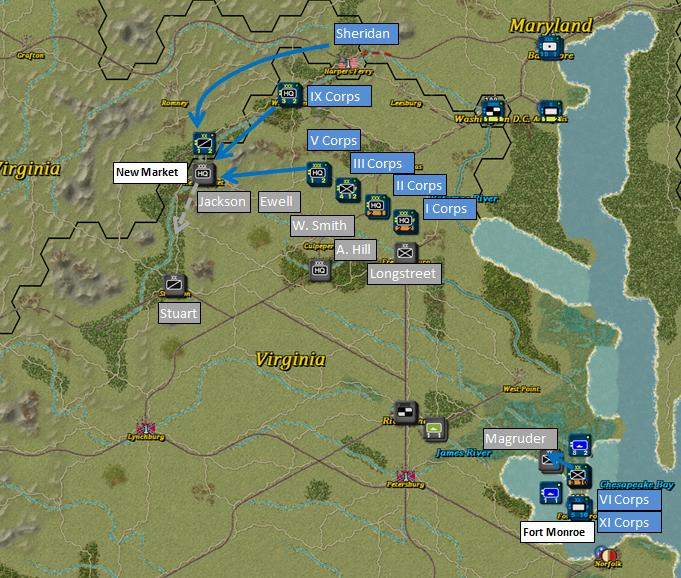
A quick note about how the scenario deals with frontages. In reality, a Civil War army would take up only 1 or 2 hexes at this scale. I removed stacking penalties, but TOAW’s stacking limits still means at best three corps in a single hex. But the natural tendency in TOAW is to spread units out to form a front. This was revealed during playtesting and produced unrealistic results. After that, I decided to make the units indivisible (by using the section size and modifying the graphic). This greatly reduced a players ability to cover everything. But as you can see above, there is still the inclination to do this, especially in the eastern theater which is naturally channeled by the mountains and the coast. However, in most places on the map you won’t be able to. As the Confederate, no matter how long you try to make your front the Union will always have enough extra units to flank you. And if you stretch yourself out too thin the Union will simply punch through in the center, capturing whatever objective you were trying to protect. So the mechanics of the scenario do encourage Civil War style tactics, even though the frontages and battlefields will still be much larger than historically so.
No additional battles occurred in the west as the Federals consolidated the gains from the previous few weeks. Meanwhile, the Confederates prepared the defense of Chattanooga. There were three possible avenues of attack. If the Army of the Tennessee turned east from Memphis, then Breckenridge’s Corps at Corinth would be in a position to stop them, or at least slow them down while fall back positions were established. If the Department of Ohio gets reinforced they could come straight south through Knoxville, and take Chattanooga from behind. That would be a tough campaign, and the Confederate Department of Kentucky has enough strength to secure that route. The most likely route was down the middle with the Army of the Cumberland. They would have to occupy Huntsville, and then turn east to cross the Tennessee River. Approaching Chattanooga from the north or northwest was simply not feasible. Accordingly, Hardee was stationed at Huntsville and Polk at Chattanooga, along with Johnston’s HQ. Wheeler’s cavalry was deployed between Nashville and Huntsville, their task being to screen the army and provide advance notice of when the Yankees resumed the march. Forrest remained at Holly Springs, MS. His job was to be a thorn in Grant’s side (his right side if he turned towards Chattanooga, or his left side if he continued south into Mississippi).
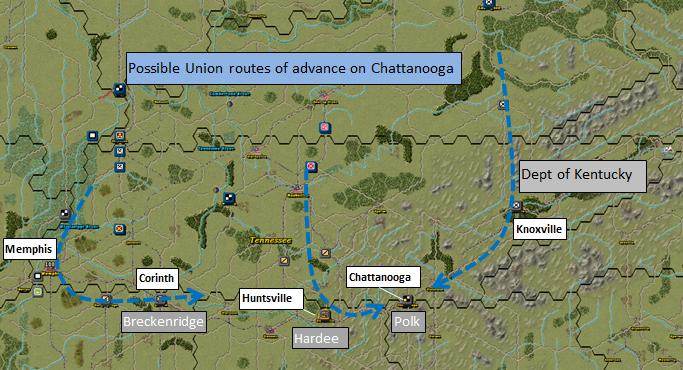
< Message edited by Raindem -- 11/6/2020 1:09:22 PM >
_____________________________
Grab them by the balls. Their hearts and minds will follow.
|
 Printable Version
Printable Version
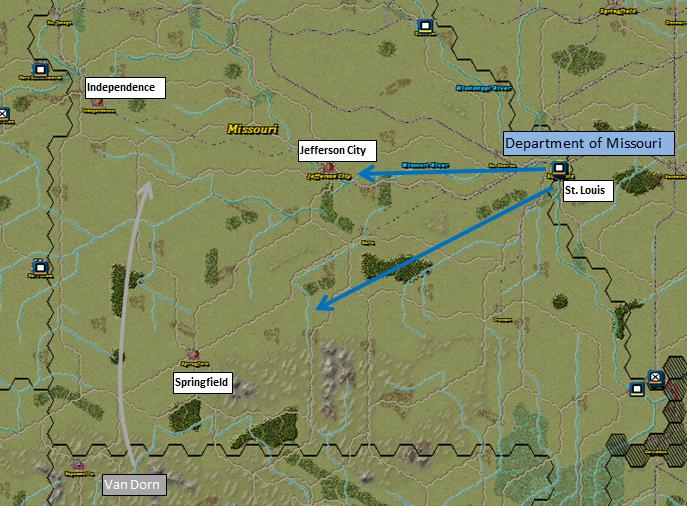






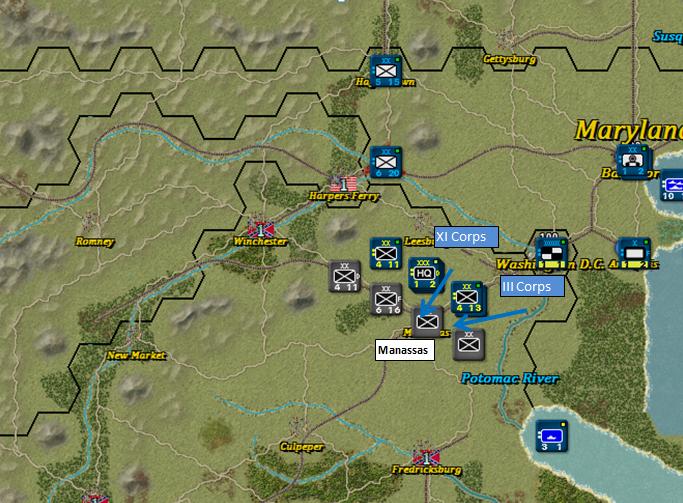
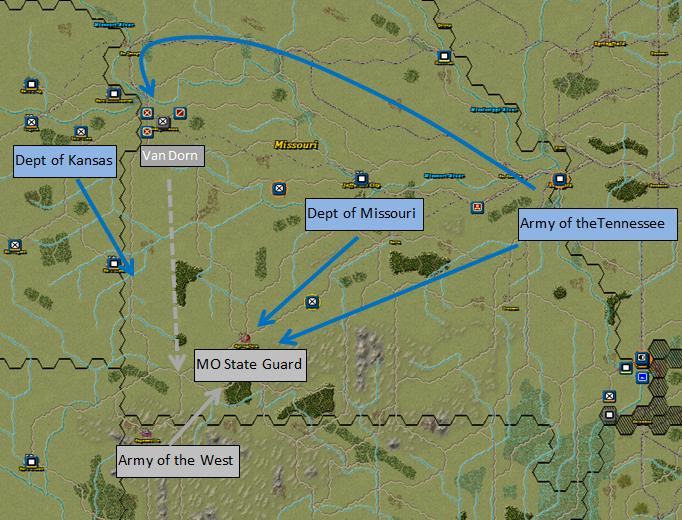
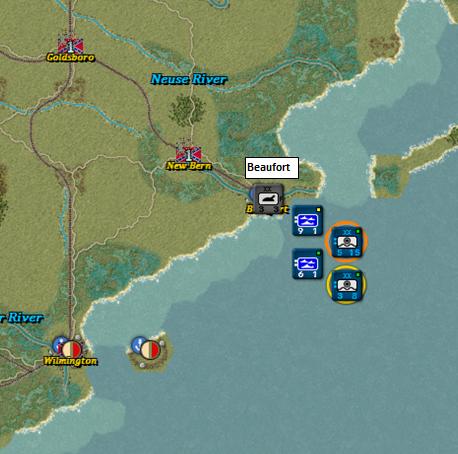

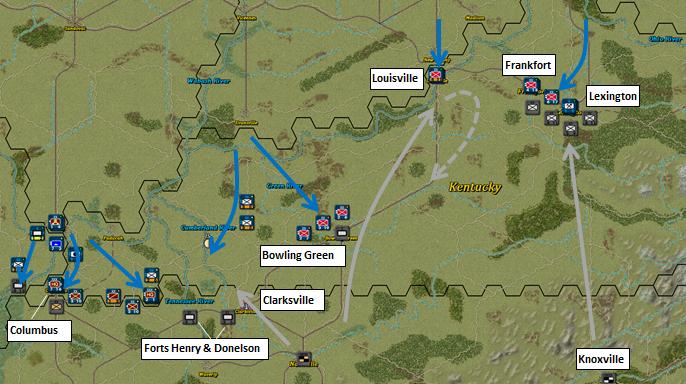
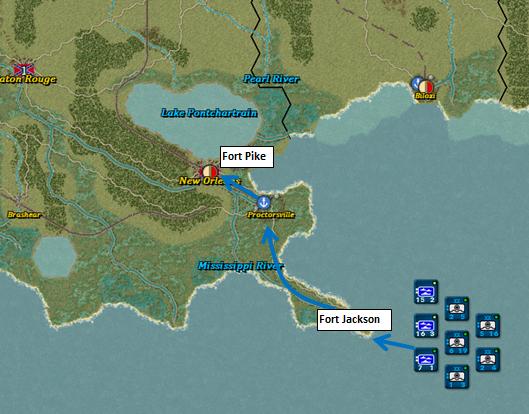
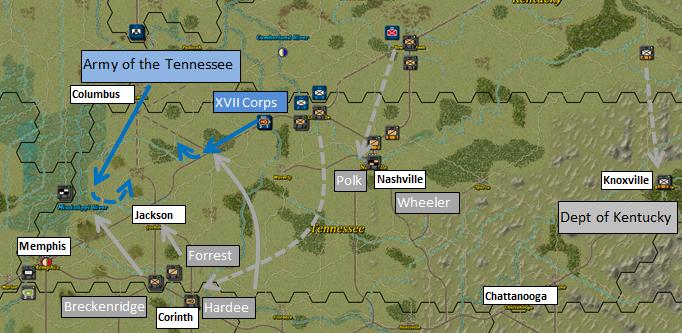





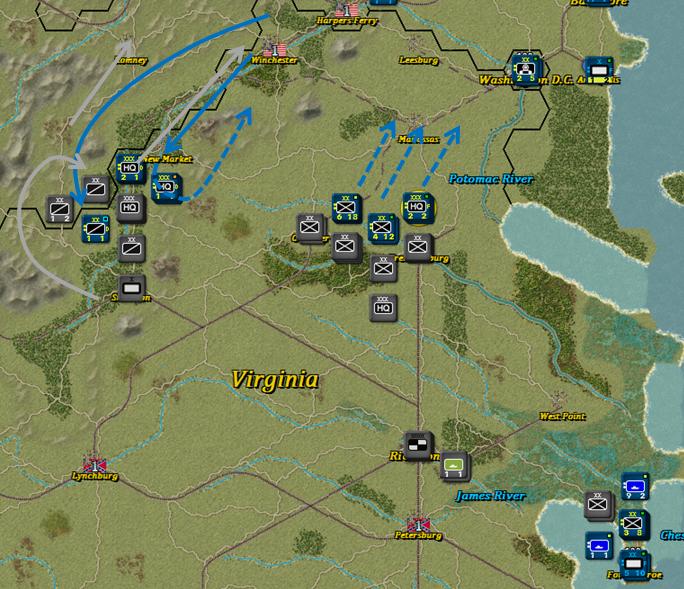
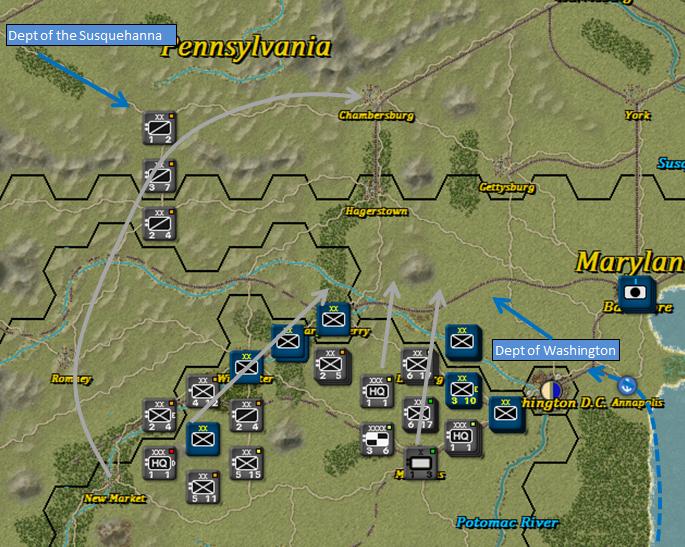
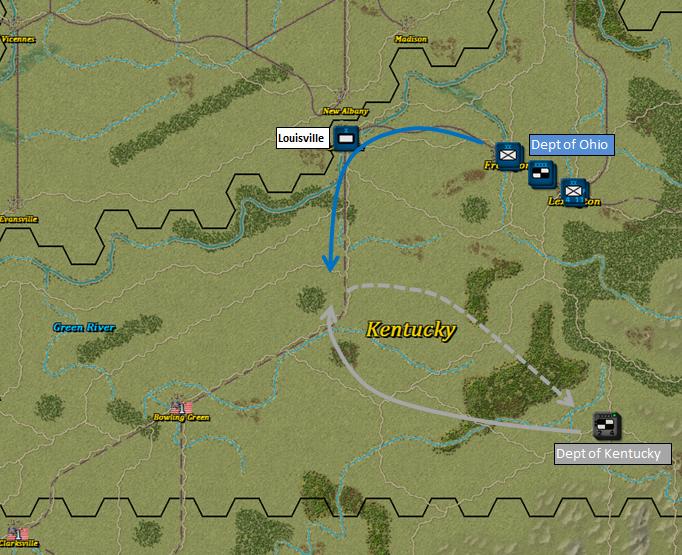
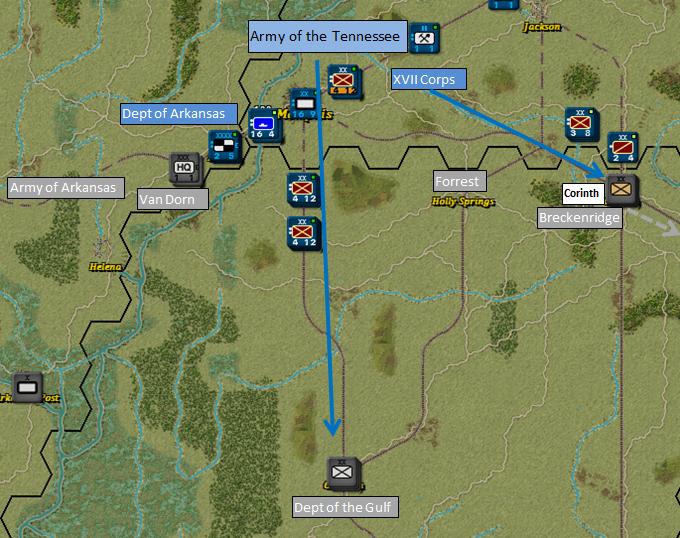
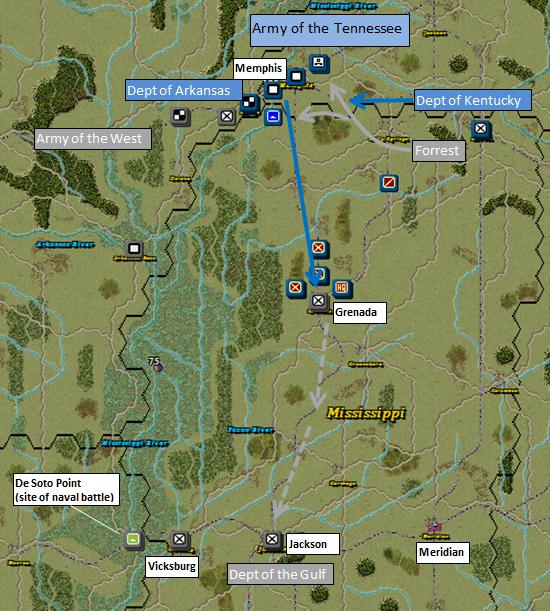
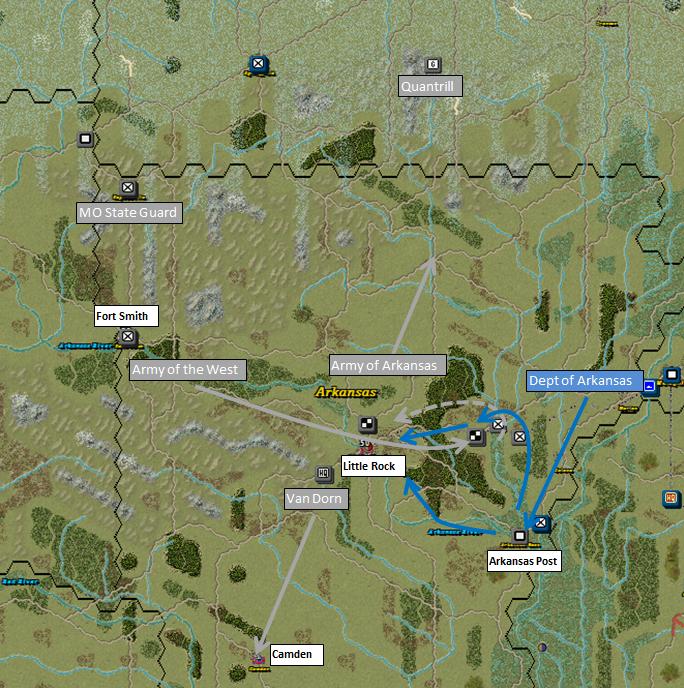
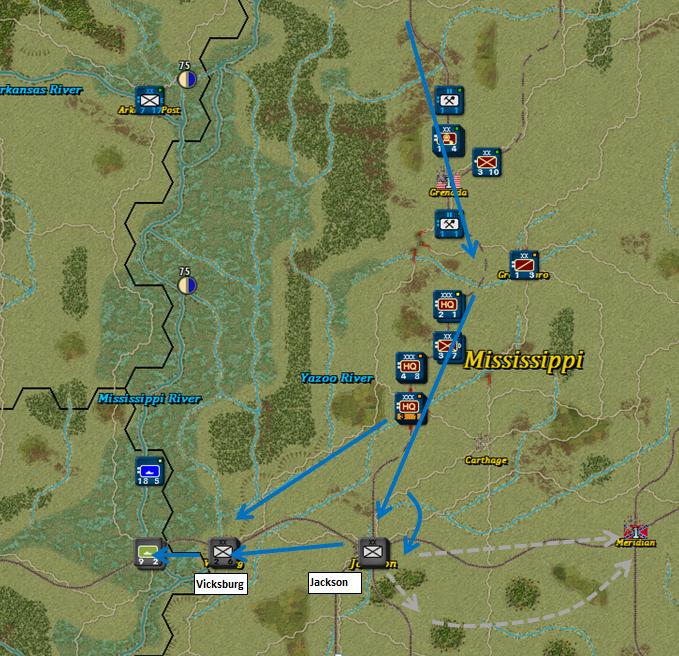
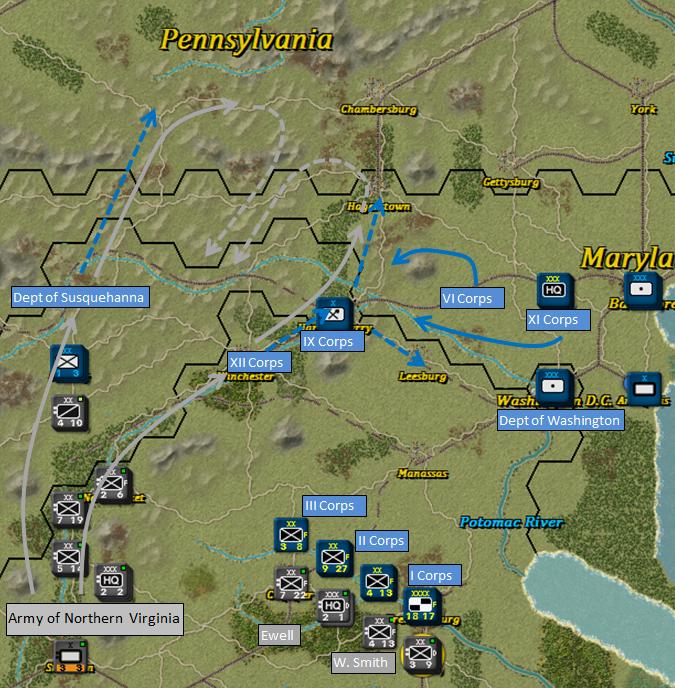
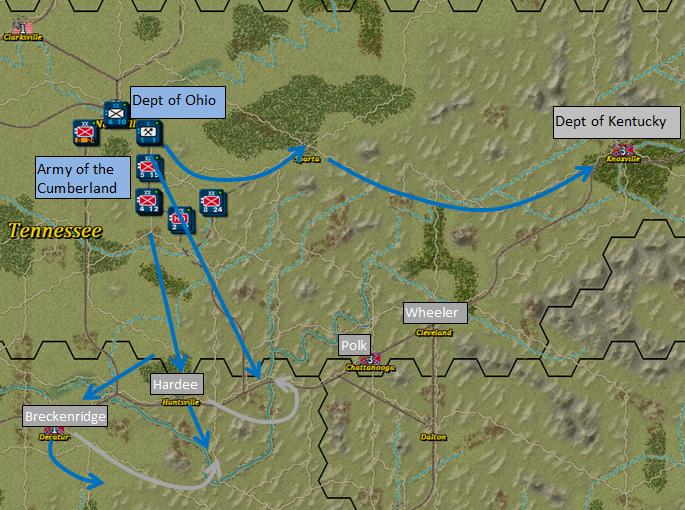


 New Messages
New Messages No New Messages
No New Messages Hot Topic w/ New Messages
Hot Topic w/ New Messages Hot Topic w/o New Messages
Hot Topic w/o New Messages Locked w/ New Messages
Locked w/ New Messages Locked w/o New Messages
Locked w/o New Messages Post New Thread
Post New Thread